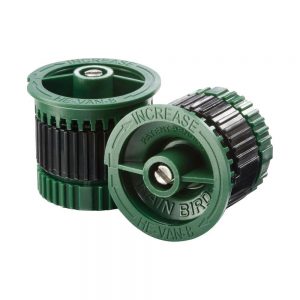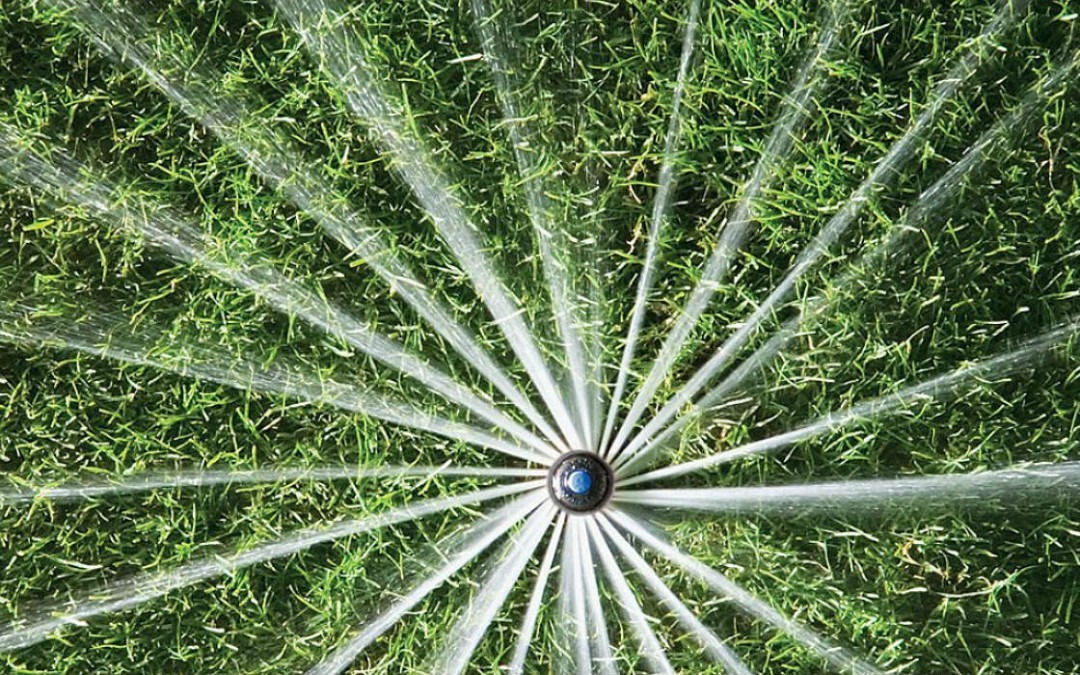 It’s week 3 of our smart irrigation technology series and today we’re diving deeper into pressure regulation. Last time we talked about how pressure regulators help save time and money by making sure your sprinkler systems are distributing water evenly over your landscapes. These regulators are used on the water pipes, but did you know you can also fix this problem right at the nozzle?
It’s week 3 of our smart irrigation technology series and today we’re diving deeper into pressure regulation. Last time we talked about how pressure regulators help save time and money by making sure your sprinkler systems are distributing water evenly over your landscapes. These regulators are used on the water pipes, but did you know you can also fix this problem right at the nozzle?
So, how do you determine the efficiency of a nozzle in the first place? There are two main factors: distribution uniformity (DU) and precipitation rate. Distribution uniformity is a measure of how evenly water is applied across a field during irrigation. For example, if one inch of water is applied to one area of a field, and a half inch is applied to another, that is considered poor DU. Precipitation rate is the speed at which water is applied to an area. When designing an irrigation system, it is important to ensure the precipitation is even over all zones of coverage.
Runoff is the enemy of efficient irrigation! The solution to runoff risk is to control the precipitation rate. Using a high-efficiency nozzle with a low precipitation rate creates a worry-free approach to irrigation. The lower the precipitation rate of the nozzle, the more universal the application. Multi-stream rotary nozzles typically have lower precipitation rates than traditional nozzles due to their design.
Depending on nozzle design, high pressures can cause severe spray atomization. Conventional spray nozzles can produce atomization to a point where the water particle size is light enough to be carried by air and never reach the ground. At 70 psi, it’s estimated that certain nozzles atomize up to 50% of the water exiting the nozzle. This means that maximum possible efficiency under these conditions would be 50%.
Understanding the state of the water pressure you’re working with the first step to determining a solution to efficient and well-distributed irrigation. Want to take the guesswork out of it?

